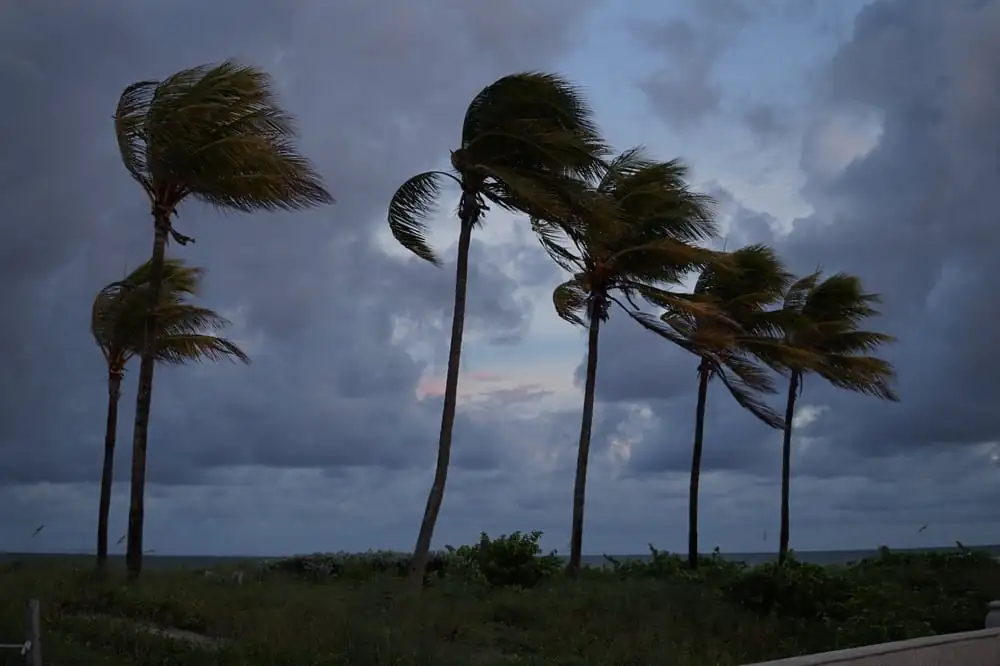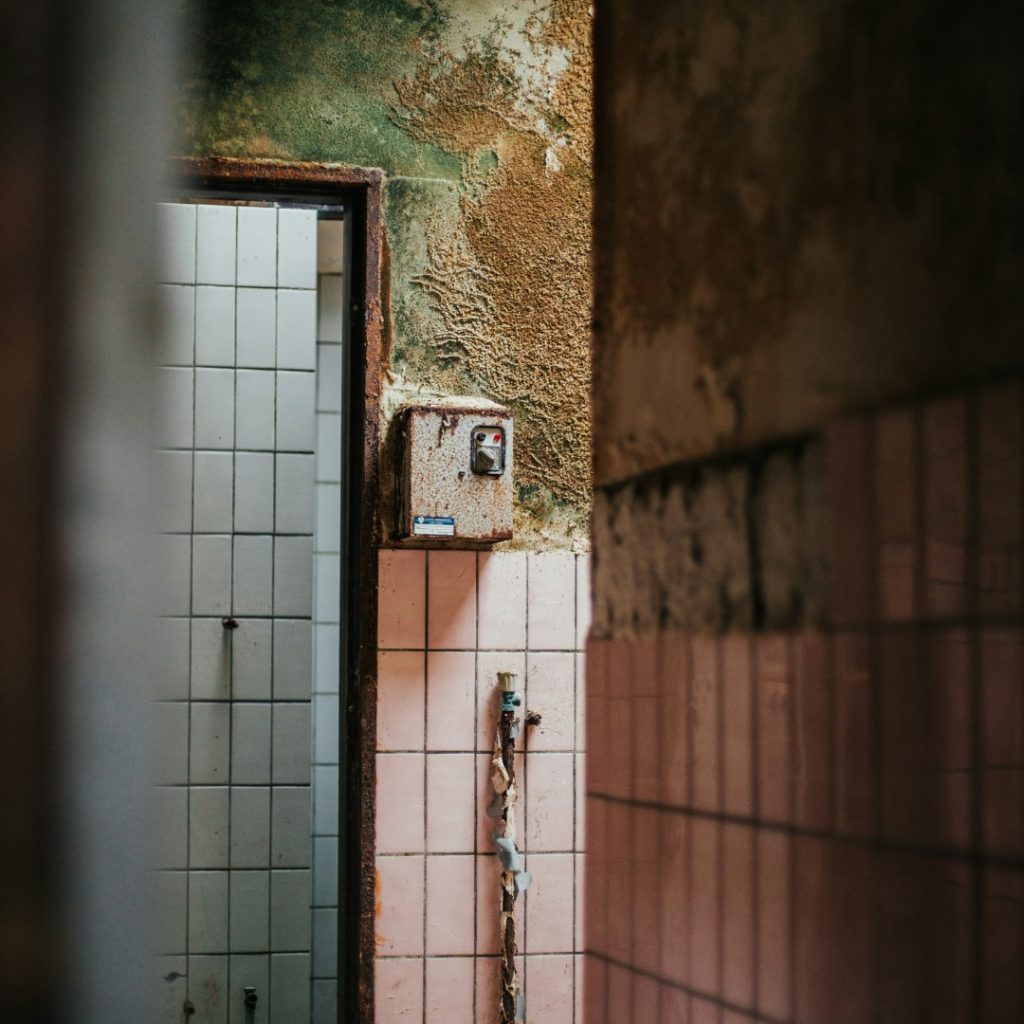Table of Contents
Introduction
Water outburst can be really overwhelming for homeowners. Winter is a season of beauty and festivity, but it also brings unique challenges for homeowners. One of the most significant issues faced during the colder months is water damage, which often stems from water outbursts caused by freezing temperatures, ice accumulation, and melting snow. Understanding the common causes of water damage during winter can help homeowners prevent costly repairs and maintain a safe, comfortable living environment.

Common Causes of Water Outburst in Winter
1. Frozen and Burst Pipes
One of the most frequent causes of water outbursts during winter is frozen pipes. When water inside the pipes freezes, it expands, creating immense pressure that can cause the pipe to crack or burst.
- Causes:
- Poor insulation in pipes exposed to outdoor temperatures.
- Pipes located in unheated areas, such as basements, attics, or garages.
- Sudden temperature drops during extreme weather.
- Consequences:
- Significant water leakage, leading to flooding and damage to walls, floors, and personal belongings.
- Increased water bills due to unnoticed leaks.
- Prevention:
- Insulate pipes in vulnerable areas.
- Let faucets drip slightly during freezing temperatures to keep water moving.
- Keep the thermostat consistent, even when you’re away.
2. Ice Dams on Roofs
Ice dams form when snow on the roof melts and refreezes at the eaves, creating a barrier that prevents proper water drainage. The trapped water can seep under shingles, causing leaks and interior water damage.
- Causes:
- Poor roof insulation and ventilation, leading to uneven heating.
- Accumulation of heavy snow on the roof.
- Consequences:
- Damage to roofing materials and potential structural weakening.
- Interior water stains, mold growth, and damage to ceilings and walls.
- Prevention:
- Improve attic insulation to maintain a consistent roof temperature.
- Clear snow from the roof using a roof rake or hire professionals for safe removal.
- Install heated cables to prevent ice dam formation.

3. Melting Snow and Surface Flooding
When winter snow begins to melt, the water can accumulate around your home’s foundation, potentially causing flooding in basements and crawlspaces.
- Causes:
- Poor drainage systems, such as clogged gutters and downspouts.
- Grading issues around the house that direct water toward the foundation.
- Consequences:
- Basement flooding, leading to property damage and mold growth.
- Erosion of the home’s foundation over time.
- Prevention:Clean
- Keep gutters and downspouts clean and functional.
- Ensure that your yard slopes away from your home to redirect water.
- Install a sump pump to manage water in the basement.
4. Gutter Blockages and Overflows
During winter, gutters can become clogged with debris or ice, preventing proper drainage of melting snow. Overflowing gutters often direct water toward the home, causing damage to the roof, siding, and foundation.
- Causes:
- Accumulation of leaves, twigs, and other debris from the fall season.
- Ice buildup (also known as gutter ice) from freezing temperatures.
- Consequences:
- Roof leaks and water damage to exterior walls.
- Soil erosion around the foundation and potential basement leaks.
- Prevention:
- Clean gutters before winter sets in and install gutter guards.
- Use de-icing products or heated gutter systems to prevent ice buildup.
5. Cracks in Foundation and Walls
The freeze-thaw cycle during winter can exacerbate existing cracks in your home’s foundation and walls. Water that seeps into these cracks freezes and expands, causing further damage.
- Causes:
- Existing structural weaknesses in the foundation or exterior walls.
- Repeated freezing and thawing of water within cracks.
- Consequences:
- Water intrusion leading to interior damage.
- Long-term structural instability if left unaddressed.
- Prevention:
- Seal cracks in the foundation and exterior walls with waterproof sealant.
- Maintain proper grading and drainage systems around the house.
6. Appliance Failures
Winter conditions can stress household appliances that use water, such as water heaters, washing machines, and dishwashers. Pipes or hoses connected to these appliances may freeze and burst, causing localized flooding.
- Causes:
- Unheated or poorly insulated spaces where appliances are located.
- Aging or worn-out hoses and pipes.
- Consequences:
- Water damage in utility areas and adjacent rooms.
- Potential damage to the appliances themselves.
- Prevention:
- Inspect and replace aging hoses and fittings.
- Relocate appliances to heated areas or insulate the surrounding spaces.
7. Poorly Sealed Doors and Windows
Cold drafts aren’t the only problem caused by poorly sealed doors and windows. Water from melting snow or ice can seep through gaps and cause damage to walls, floors, and insulation.
- Causes:
- Worn-out weather stripping or caulking around windows and doors.
- Improper installation of doors and windows.
- Consequences:
- Water damage and potential mold growth around entry points.
- Increased energy bills due to heat loss.
- Prevention:
- Replace damaged weather stripping and recaulk windows and doors.
- Install storm doors and windows for added protection.
8. Roof Collapses from Snow Accumulation
Heavy snow buildup on roofs can exceed the structure’s load capacity, leading to partial or complete roof collapse. Even if the roof holds, melting snow can seep through minor cracks, causing water damage.
- Causes:
- Excessive snow accumulation, particularly wet, heavy snow.
- Weakened or poorly maintained roofing structures.
- Consequences:
- Severe structural damage to the home and risk of injury.
- Water leaks and interior damage.
- Prevention:
- Remove snow from the roof safely, using professional services if necessary.
- Reinforce roofing structures before winter begins.
Conclusion
Water damage during winter is a common but preventable issue. By identifying the potential causes, such as frozen pipes, ice dams, and melting snow, homeowners can take proactive measures to safeguard their properties.
For immediate assistance with water outburst damage restoration, contact PuroClean Disaster Restoration, Call (+1) 317-467-4436.
Regular maintenance, proper insulation, and professional inspections can go a long way in minimizing risks and ensuring a safe, damage-free winter. Don’t wait for water outbursts to catch you off guard; take action today to protect your home.


 PuroClean Disaster Restoration
PuroClean Disaster Restoration